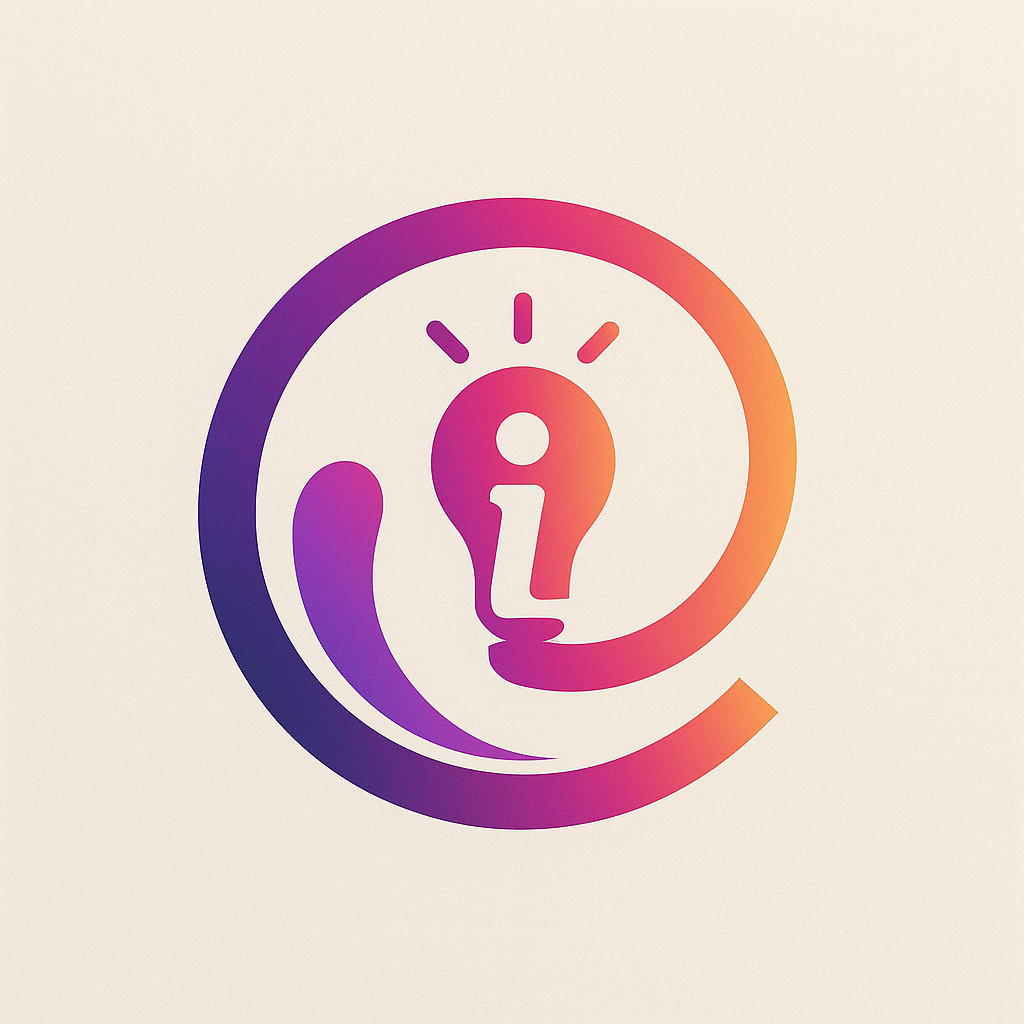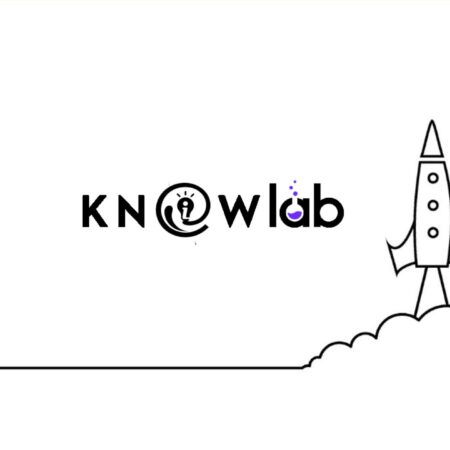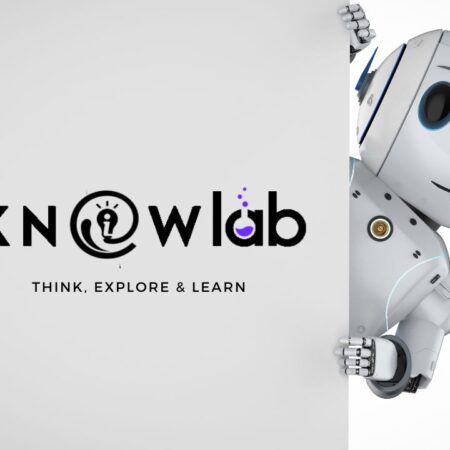 Artificial intelligence is transforming various industries and the impact of Al in Healthcare to be truly life-changing. Already, it has been used to detect diseases and is helping to make better health decisions.
Artificial intelligence is transforming various industries and the impact of Al in Healthcare to be truly life-changing. Already, it has been used to detect diseases and is helping to make better health decisions.
“Healthcare is a process-oriented industry that offers an enormous opportunity to use Al to drive improvements, help meet unmet demand, and automate repetitive tasks. This is seen across R&D, patient care, medical imaging, and management tasks”.
Looking at the medical Al ecosystem, we can see that much of the work is going on in Prediction and prevention, wellness, aging, rehabilitation and technological augmentation of doctors.
Machine Learning
Machine learning is rising as a common cord across these investigative applications, and it should be noted that improvements in that field will correlate closely with reliable applications in the investigation. However, the process of trial and error will greatly influence the value of this technology in the real world and the degree to which it will be implemented in the field of diagnostics. Machine learning is causing quite a buzz at the moment, and it’s having a huge impact on healthcare.
A machine learning model is created by feeding data into a learning algorithm. Someone had to write that algorithm and then train it with true and reliable data. Over time, the model can be re-trained with newer data, increasing the model’s effectiveness. Machine learning is a method of data analysis which automates the process of model building. The algorithms use computational techniques to generate insights that help organizations make better decisions. Machine learning is used in different areas in real-time business situations. Here are a few widely used examples of machine learning applications you must be familiar with:
- Online recommendations and the advertisements you see on websites are all backed by machine learning algorithms.
- Natural language processing and image recognition software use these algorithms.
- In the financial world, stock trading and fraud detection are carried out by using machine learning algorithms.
- Machine Learning is getting computers to program themselves. If programming is automation, then machine learning is automating the process of automation.
Writing software is the bottleneck, if we don’t have enough good developers. Let the data do the work instead of people. Machine learning is the way to make programming scalable.
- Traditional Programming: Data and program is run on the computer to produce the output.
- Machine Learning: Data and output is run on the computer to create a program. This program can be used in traditional programming.
Machine learning is like farming or gardening. Seeds are the algorithms, nutrients is the data, the gardener is you and plants is the programs.
Classification Of Machine Learning Algorithms
Machine Learning algorithms can be classified into:
- Supervised Algorithms – Linear Regression, Logistic Regression, Support Vector Machine (SVM), Decision Trees, Random Forest
- Unsupervised Algorithms – K Means Clustering.
- Reinforcement Algorithm
Machine learning and Artificial intelligence intentions to simulator human intellectual purposes. It is bringing a paradigm change to healthcare, powered
by cumulative convenience of healthcare and rapid progress of analytics procedures. Al can be applied to various types of healthcare data.
Many of today’s machine learning diagnostic applications appear to fall under the following categories:
Rare Diseases
Through the Face2G6ne app, facial recognition software is being combined with machine learning to help clinicians diagnose rare diseases (in this case, from facial dysmorphic features). Patient photos are analyzed using facial analysis and deep learning to detect phenotypes that correlate with rare genetic diseases.
The platform is currently available only to trained clinicians to prevent false positives and supports over 7,500 disorders.
Cancerous Diseases
Researchers have trained an algorithm to diagnose skin cancer using deep learning, specifically deep complexity neural networks. The algorithm was trained to detect skin cancer or melanoma using “130,000 images of skin lesions representing over 2,000 different diseases.”
In the United State of America there are approximately 5.4 million new skin cancer diagnoses each year and early detection is critical for a greater rate of survival. For example, early detection correlates with a 97 percent five-year survival rate but quickly decreases with later stages, hitting the 15-20 percent margin at stage IV. In 2017, an estimated 9,730 people wii! die of melanoma and one person dies of melanoma every 54 minutes.
To provide context, a visual examination is the first step of a skin cancer diagnosis and a dermatologist inspects a lesion of interest with the assistance of a dermatoscope. lf the dermatologist believes the lesion is indeed cancerous, or if the initial evaluation is uncertain, the dermatologist will follow up with a biopsy
Researchers deep learning algorithm was tested against 21 board-certified dermatologists who reviewed a reported 370 images and were asked if “they would proceed with biopsy or treatment, or reassure the patient” based on each image. Results showed that the algorithm had the same ability as the 21 dermatologists in determining the best course of action across all images.
These are promising results, however, the research team acknowledges that additional, rigorous testing is required before the algorithm can be integrated into clinical practice. Our research did not provide evidence of any clinical applications at this time.
Pathology
The way pathologists diagnose diseases, which involve manual observation of images under a microscope, have remained relatively unchanged for over a century. In an effort to improve speed and accuracy of diagnoses, a team of researchers hailing from Beth Israel Deaconess Medical Centre and Harvard Medical School have used deep learning to train an algorithm capable of integrating multiple 0UtpUt speech recognition and image recognition to diagnose tumors.
The researchers began with hundreds of images with labeled regions showing cancerous and noncancerous cells. The labeled regions were then extracted resulting in millions of examples that served as the basis for the model that would train the algorithm.
When compared to human pathologists, study results showed that the algorithm achieved a diagnostic success rate of 92 percent; four percentage points lower than the human rate of 96 percent. However, when the algorithm and human results are combined, an accuracy rate of 99.5 percent was achieved.
Our research did not provide evidence of any clinical applications; however these results may lead to wider adoption of deep learning methods in the field of pathology in the near future.
Growth and Future of Machine Learning
Machine Learning is growing at a tremendous rate and we will soon be able to see its applications across all of the major domains. Various reports regarding machine learning have all pointed to an upward growth curve for this domain.
Businesses and other major domains are not just adopting new technologies but are adopting new machine learning technologies to automate many of processes which are helping them increase their productivity. We are now entering into the age of Artificial Intelligence and Machine Learning thus making it a domain impossible to ignore and a lot to explore!
Some use cases of Al, “An interesting trend we can see in the healthcare industry is the entry of digital technology with an intent to transform the industry with mining medical records to provide better and faster health services.
The top Al use cases in healthcare
Robot-assisted surgery: These techniques can help analyze data from pre-operation medical records, physically guide instruments in real-time during a procedure, use data from actual surgical experiences to inform new surgical techniques. Expected outcome is to reduce errors and reduce patients length of post-surgery stay.
Virtual nurse assistance: Voice and text apps trained to ask and handle preliminary health-related questions. This enables wellness checks via voice and Al, reduces unnecessary hospital visits, assesses symptoms, and directs patients to the most effective care setting. The goal of these apps is to reduce the time nurses spend on patient maintenance.
Diagnostics: Applying cognition to unlock vast amounts of health records, Al offers tremendous value in recognizing patterns across millions of scans in a short time with high accuracies. Areas of radiology and cancer research are prime targets.
Administration: Non-patient activities consume an enormous amount of time for medical personnel. Use of voice-to-text apps to cut documentation time, improve quality reporting, and analyze thousands of medical papers using NLP to inform treatment plans saves time, increases patient care, and reduces inefficiencies.
Al and ML are also helping in medical imaging, Drug discovery, Medication management and robotic surgery.





